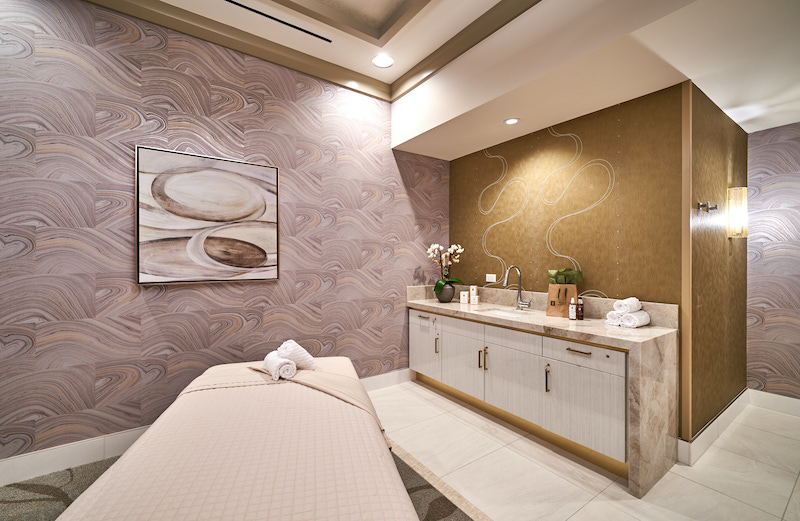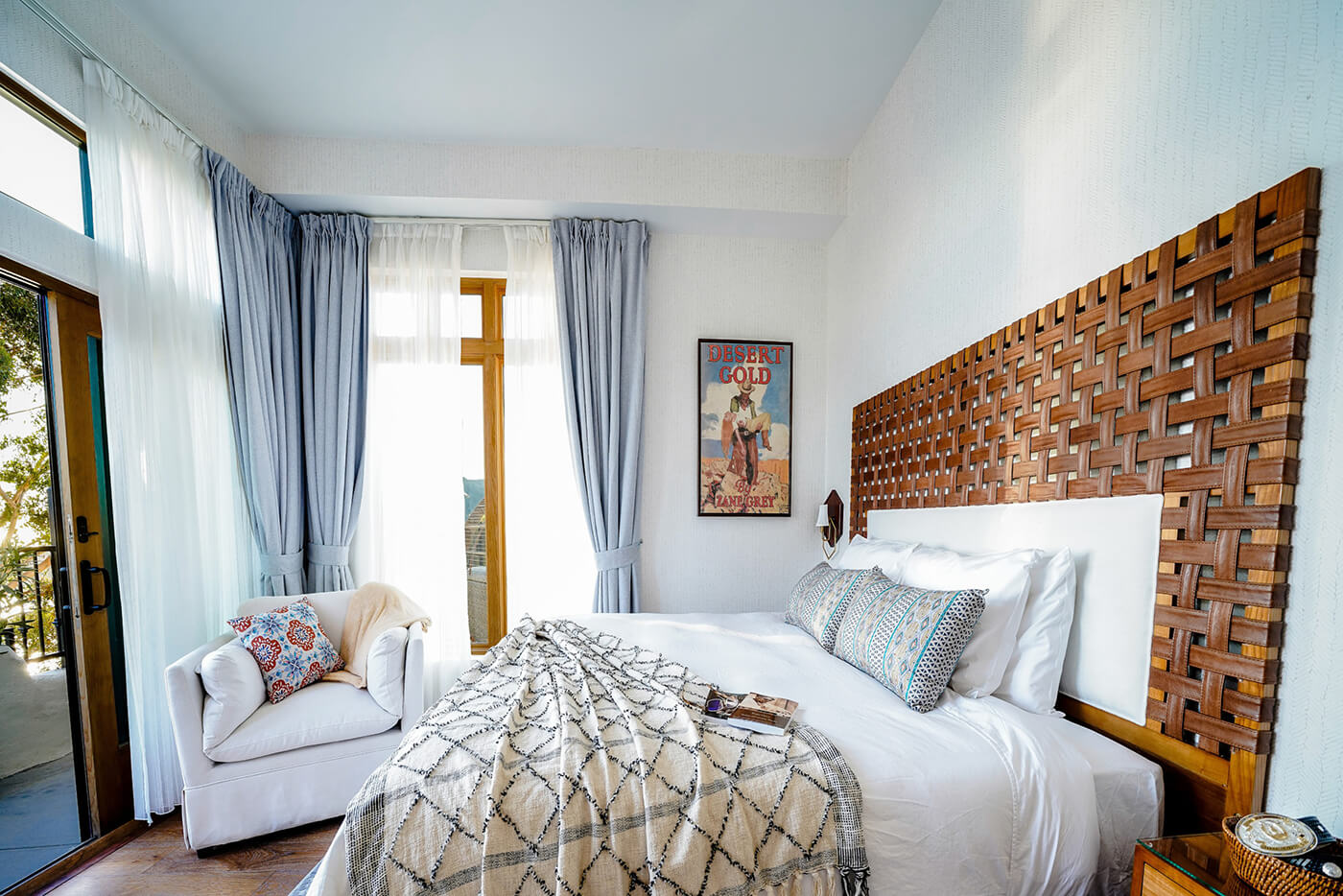Let’s face it, hotel renovations cannot be avoided. Rundown properties turn people away and can cause negative reviews, decreasing revenue sharply. The key is to catch it before your property looks run down.
A general rule of thumb looks like this:
- Plan a minor (soft) renovation, essentially a refresh, every 5-7 years. This could include minor flooring replacements, switching out of wallcovering or paint and potentially, furnishings and décor, possibly even drapery and bedding in a guestroom space.
- Expect a major renovation every 12-15 years. Major renovations include all of the components of a minor renovation but they also involve potentially switching out counter surfaces, tile, lighting, fixtures and millwork- typically changing providing a total refresh to the overall look.
- Every 25-30 years, your property will need a property overhaul. A property overhaul involves inspecting the property thoroughly to see what needs to be updated, including how spaces are currently being utilized. Is there room for improvement? Should an additional space planning exercise be explored? This could lead to complete repurposing of space and potential for revenue enhancing areas. This type of overhaul could be viewed as a major renovation project – that may require phasing to accomplish minimal impact to operations.

You may also enjoy Hospitality Interior Design Procurement: Sourcing From Overseas Vs. Domestic
The ROI of Your Hotel Renovation
Know Your Numbers
First, and most important, identify the scope of the project. The big questions are budget and time restrictions. Planning realistically for both objectives make the difference between project success and business failure. A good well-defined scope is key to the success of your project. Once you have determined that, you can move forward, further engaging with your design team and renovation plans. and project.
Pro-tip: Working with an experienced design and procurement team will save you time and money. Years of experience and buying power give these companies a tremendous advantage in planning, purchasing, and execution.
Analyze Your Current State
We thought we would put these formulas in this outline if you did not have them before.
What you need to know:
- Your current number of rooms
- Your property’s average daily rate
- The property’s average percentage of occupancy
Once you have this information, you can figure out your daily revenue. Daily revenue is a formula of rooms x average daily rate x average occupancy. (Annual revenue is daily revenue x 365).
Plan For The Future
What you need to know:
- Percentage of increase expected
- New number of rooms available
- Projected average daily rate
- Projected percentage of occupancy
Again, once you have this information, you can figure out your projected daily revenue. Your projected daily revenue is a formula of rooms x average daily rate x average occupancy. (Annual revenue is daily revenue x 365).
Now It’s Time To Figure Your ROI
What you need to know:
- Total number of rooms
- Total investment per room (Total cost/number of rooms)
- Total overall Investment (total investment per room x number of rooms renovated)
To determine your break-even days, you subtract the projected daily revenue by the current daily revenue. Divide this number by the overall project cost and that will give you the number of days to break even. You can further this information by figuring the five-year scope of the return on your investment.
IGroup Design has the project experience and purchasing power to give our clients an advantage that our competitors cannot match. From scope to completion, we enjoy walking our clients through the entire process successfully.
Compliments of IGroup Design, Our ROI Calculator is an invaluable tool for anyone considering a property renovation. Download our new guide for instant access.







